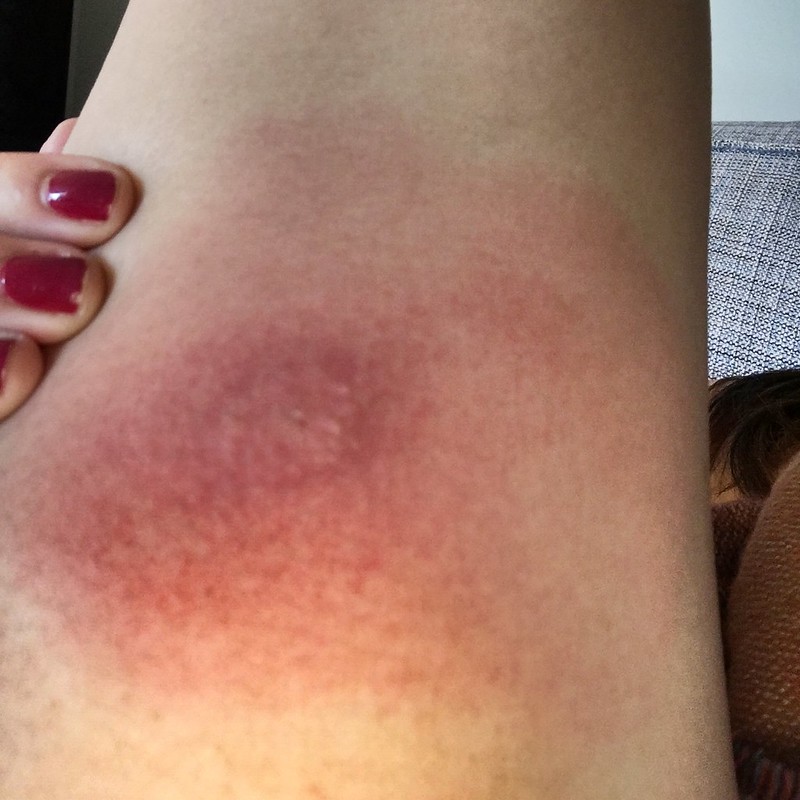Updated on 1/1/2021
Check in Protocol
We were one of the fist clinics in Denver to offer COVID tests for molecular, serology and rapid antigen tests. We did them before any of the big hospitals were able to do it because we are focused on providing most affordable, most accessible and highest quality primary care.
We have learnt a lot in the last nine months and built the processes to avert another crisis in the future. We have stocked up PPEs, stored life saving medicines and created fault tolerant processes.
Our appointments now can be flipped from office visit to virtual visit or vice versa at a moment's notice. You just need to chat securely with our office at Caregram
All our results are delivered over Caregram .
If you need to come in to the clinic for any reason you must check in online at Carrie our patent pending AI based front office.
If you need to book an appointment you have the option of booking an in office appointment as well as a video appointment. After the visit is over please access your visit link once again from the phone to download any visit documents.
Most of the labs can be done in the clinic, but you need to book a slot to come in. If you are in the clinic, your labs are done at the time of visit. If you did a virtual visit, you are provided lab orders or imaging orders. You can take the lab order to nearest LabCorp and imaging order to nearest HealthImages.
Please note it is absolutely necessary to wear masks to come in to the clinic. It is also essential to check in for your appointment at least 24 hours before your appointment. You are provided a link to check in as a text message. You must finish all the COVID screening and all the paper work from that text message. You can take even upload your documents from the link.
Approximately 8 hours before your appointment our system starts planning for your visit.
At this time you may be asked to fill additional forms and get additional screening. So please check your phone for any messages from us in the morning and fill all the forms.
If you have checked in you will be able to see a screen that says you are checked in. Only those appointments which are checked in remain on our calendar. If you have not checked in, you may lose your spot to someone else if they check in first. We absolutely limit patients to ensure at least half an hour is spent with every patient. So if you do not check in, you are very likely to be turned away because our system does not allow your rooming unless you have a QR code that shows you are checked in.
All this ensures that you do not come in contact with other sick patients as much as possible. Also check in is important, if your symptoms pose threat to the community, we ask you to do video visit. If required, you may come to our parking lot for further treatment but you must finish your video visit.

